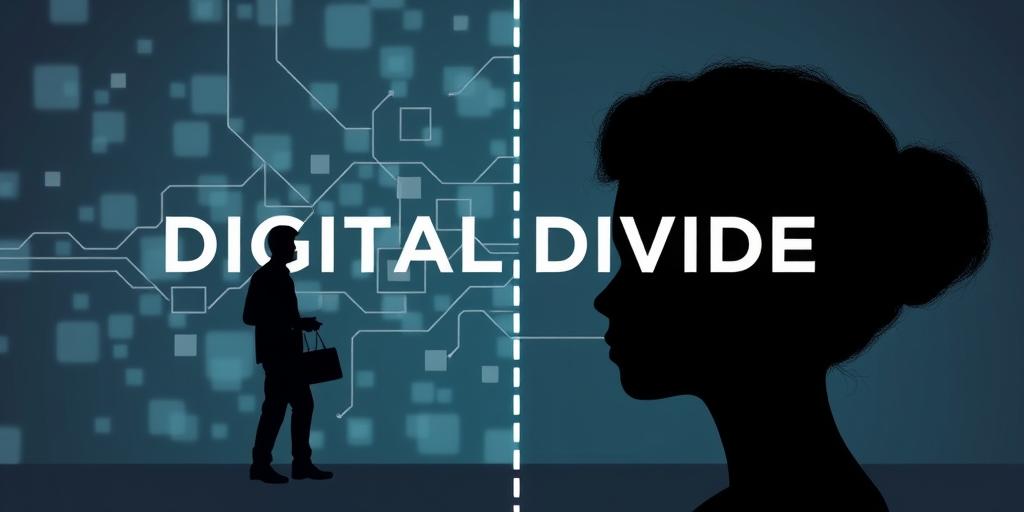The digital divide refers to the gap between individuals, households, businesses, and geographic areas at different socio-economic levels with regard to both their opportunities to access information and communication technologies (ICTs) and to their use of the Internet for a wide variety of activities. This disparity affects access to essential services and fundamental rights in an increasingly digital world.
Understanding the Dimensions of the Digital Divide
The digital divide isn't just about having a computer or internet connection. It encompasses several dimensions:
- Access: Availability of hardware, software, and internet connectivity.
- Affordability: The cost of devices and internet services relative to income.
- Skills: The ability to effectively use digital technologies and evaluate online information.
- Usage: The extent to which people leverage digital tools for various purposes.
Impacts on Fundamental Rights
The digital divide exacerbates inequalities across multiple domains:
Education: Students without reliable internet access or devices struggle to complete assignments, participate in online learning, and develop crucial digital literacy skills. This puts them at a significant disadvantage compared to their connected peers.
Healthcare: Telemedicine, online health portals, and access to medical information are increasingly important. The digital divide limits access to these resources, particularly for individuals in rural areas or low-income communities.
Employment: Many job applications and training programs are now online. Lack of digital access and skills can hinder individuals' ability to find and secure employment.
Civic Engagement: Online platforms are vital for accessing government services, participating in democratic processes, and staying informed about important issues. The digital divide can marginalize certain populations and limit their ability to engage in civic life.
Addressing the Digital Divide
Closing the digital divide requires a multi-faceted approach:
- Infrastructure Development: Expanding broadband access, especially in underserved areas.
- Affordability Programs: Subsidizing internet access and device costs for low-income households.
- Digital Literacy Training: Providing training and support to help people develop the skills they need to use digital technologies effectively.
- Public-Private Partnerships: Collaboration between governments, businesses, and non-profit organizations to address the digital divide.
Conclusion
The digital divide is a complex issue with far-reaching consequences. Addressing this disparity is essential to ensure that everyone has the opportunity to participate fully in the digital age and exercise their fundamental rights. By investing in infrastructure, affordability programs, digital literacy training, and public-private partnerships, we can work towards a more equitable and inclusive digital future.









